Brands
RIVIAN; Company overview, history, vehicles and productions.

Rivian Automotive was founded by Robert “R.J.” Scaringe. Rivian Automotive, Inc. is an American electric vehicle automaker and automotive technology company founded in 2009. The company is coming up fast in the rearview mirror of high-profile electric carmaker Tesla Inc. Largely unknown outside of automotive circles. Rivian is based in Irvine, California, with its manufacturing plant in Normal, Illinois, and other facilities in Palo Alto, California; Carson, California; Plymouth, Michigan; Vancouver, British Columbia; Wittmann, Arizona; and Woking, England. Additionally, Rivian has plans to build another US$5 billion factory in Georgia
The privately-held maker of premium electric sport utility vehicles (SUVs) and pickup trucks started deliveries of its R1T pickup truck in late 2021. As of March 2022, the delivery van and R1S SUV were still in development. The company plans to build an exclusive charging network in the United States and Canada by the end of 2023.
The company confidentially filed for an initial public offering on Aug 27, 2021 that valued the electric vehicle maker at around $80 billion, according to reports at the time. Back then, Rivian expected to have an initial public offering (IPO) as soon as mid-November, according to Bloomberg.
On Nov. 1, 2021, a variety of reports emerged indicating that Rivian now would seek a valuation ranging from $53 billion to somewhere above $60 billion. The IPO may come to market as early as the week beginning on Monday, Nov. 8, 2021, and trade on NASDAQ under the ticker symbol RIVN.
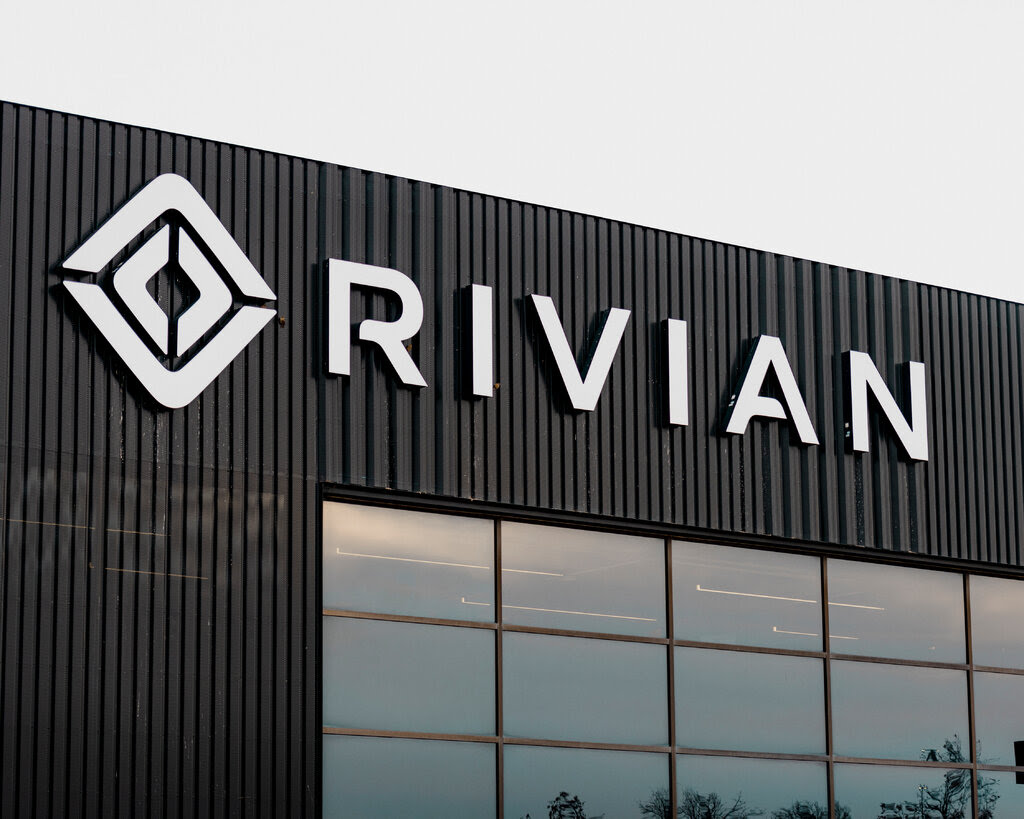
Rivian Headquarters building
HISTORY
After 2009 when the company was founded, being renamed as Avera Automotive or Avera Motors, and finally Rivian Automotive in 2011 (a word play on the Indian River in Florida, where Scaringe grew up), the company began focusing on autonomous and electric vehicles. Rivian had 250 employees at the start of 2018. By February 2019, however, Rivian was employing 750 people across facilities in Michigan, Illinois, California, and the United Kingdom. In November 2020, Rivian employed 3,000-plus workers. Over the span of another year, employment roughly tripled, and in November 2021, Rivian was listed as having 9,000-plus employees and as of March 2022 the company had 11,500 employees.
By September 2016, Rivian was negotiating to buy a manufacturing plant formerly owned by Mitsubishi Motors in Normal, Illinois. In January 2017, Rivian acquired the plant and its manufacturing contents for $16 million, with the plant to become Rivian’s primary North American manufacturing facility. Rivian’s acquisition of a near production-ready facility instead of building a new factory has been likened to Tesla’s acquisition of the NUMMI plant in California.
In December 2017, Rivian revealed its first two products: an electric five-passenger pickup truck and an electric seven-passenger SUV, provisionally named the A1T and A1C, respectively. In November 2018, the truck and SUV were renamed the R1T and R1S, respectively, and unveiled at the LA Auto Show. Both vehicles were described as ready for rough terrain and semi-autonomous, and the company outlined a plan for its next generation of models to be fully autonomous. Production was scheduled to begin in 2020.
Rivian received a large investment and grew significantly in 2015, opening research facilities in Michigan and the Bay Area. Shortly thereafter, Rivian began working exclusively on electric autonomous vehicles, in an attempt to build a network of related products. It also began gearing its prototypes toward the “ride-sharing and driverless car markets.
PRODUCTION
Rivian’s first car model was intended to be a sports car. This vehicle, dubbed the R1, was prototyped as a mid-engine hybrid coupe for the U.S. market, designed by Peter Stevens. However, it was shelved in late 2011 as Rivian looked to restart its business in an effort to have a larger impact on the automotive industry.
Rivian started production of the R1T electric pickup in September 2021 and has built 1,015 vehicles last year, falling short of hitting its target of 1,200 due to supply-chain constraints. Scaringe called the global semiconductor chip shortage the “most painful” constraint in the push to build production.
In a move to boost output, the CEO said Rivian idled the plant for the first 10 days of January to make changes on the production lines.
The 2021 production number includes only a handful of R1S electric SUVs, which Rivian started to produce in December—as of December 15, the company reported delivering two R1S vehicles to customers.
R1S
The R1S is a sport utility vehicle version of the first Rivian platform. Because of a shared electric chassis, the R1S design aimed, as of 2018, to have 91 percent shared components with the R1T. The chassis includes braking, suspension and cooling systems with a battery in the center. Rivian’s relatively flat, low center of gravity chassis is a typical electric vehicle skateboard, which enables straightforward modification for different body types.
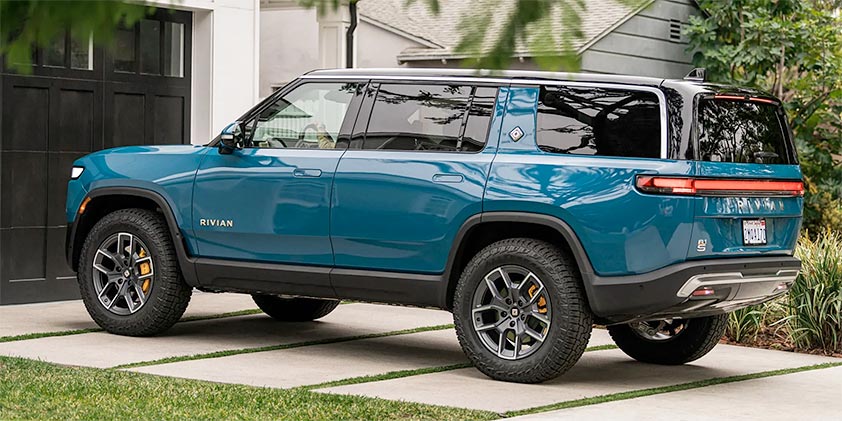
Rivian R1S
AMAZON DELIVERY VAN
Rivian entered into a commercial agreement with its investor Amazon, Inc. in February 2019. By September 2019, Amazon’s Logistics division had agreed to collaborate with Rivian to design, produce, and purchase 100,000 electric delivery vehicles (EDVs). Initial plans suggested a first delivery date in 2021. As of 2019, Amazon expected to have as many as 10,000 electric vans in operation by 2022, but was not planning to take delivery of the entire 100,000 Rivian vans the contract calls for until 2030. The Rivian collaboration is part of Amazon’s plan to convert its delivery fleet to 100% renewable energy by 2030.
The van is slated to be built in three sizes, carrying 14 m3 (500 cu ft), 20 m3 (700 cu ft), or 25 m3 (900 cu ft) of packages, each with the same stand-up interior height, but with a narrower smallest model. All of the vans will be built on the same platform—basic electrical and network architecture, ECUs, and battery-pack design—as the Rivian R1 models, and will use a basic single-motor e-axle drive unit. The van is to be produced exclusively for Amazon, and will be built with a steel chassis on a “low-feature-content” assembly line to keep costs down. The van is explicitly designed to allow Amazon to reduce costs and shrink its carbon footprint.
A 150-mile (240 km) prototype for the Amazon electric delivery van was tested on public roads in early 2021. Testing began in Los Angeles and San Francisco. By April 2021, testing was being conducted in Denver with plans to test in 16 U.S. cities in different climate zones. Tests in Oklahoma and Michigan were underway by July 2021. Amazon contracted Rivian to eventually deliver 100,000 electric delivery vans. Amazon also will source electric vans and three-wheelers from other OEMs, such as Stellantis, Mercedes-Benz Group, and Mahindra.

AMAZON DELIVERY VAN
R1T
The R1T features four electric motors, two located on each axle (front and rear). The front two motors produce 415 hp (309 kW) and 413 lb⋅ft (560 N⋅m) of torque while the rear two motors produce 420 hp (310 kW) and 495 lb⋅ft (671 N⋅m) of torque.The result is a Rivian-claimed 0–60 mph (0–97 km/h) time of 3.0 seconds.
The Rivian R1T is offered with three battery sizes: 105 kWh, 135 kWh, or 180 kWh. The R1T has a projected range of 230 miles (370 km) with the smallest battery, 314 miles (505 km) with the medium battery and over 400 miles (640 km) with the largest battery. Extra batteries can be mounted in the R1T’s bed for improved range. Those backup/auxiliary batteries can be charged by another R1T, if no charging infrastructure is available.
In December 2021, the R1T was named the Motor Trend Truck of the Year.

Rivian R1T and R1S side by side
A16
The Rivian A16 is a prototype flatbed truck larger than the Rivian R1T and Rivian R1S. It is a one-off truck and is fully electric

Rivian A16
EV charging
Waypoint chargers are designed to be usable by all electric vehicles with a J1772 connector. Starting July 2021, Rivian planned to install two Rivian Waypoint chargers at up to 50 Colorado State Parks and state recreation areas. However, by October, none had yet been installed as the contract was still making its way through state government bureaucracy with first installations expected in early 2022.In September 2021, the first Waypoint 11.5 kW chargers were installed near Moab, Utah.
In July 2021, Rivian and the state of Tennessee announced plans to install Waypoint chargers at all 56 Tennessee State Parks, saying that “Rivian will begin site surveys and engineering over the summer, with installation beginning as early as fall 2021”.The first site, Radnor Lake State Park, was unveiled on October 1, 2021.
FOUNDER
Robert Joseph “RJ” Scaringe is an American automotive entrepreneur, executive, and engineer. He is the founder and CEO of Rivian, which develops and manufactures consumer and commercial vehicles, charging infrastructure, and energy technology.
Scaringe was born in 1983 and grew up in Rockledge, Florida on Florida’s Space Coast. The son of an engineer, he grew up with a keen interest in classic cars and by the age of 18 was committed to the idea of building his own vehicle brand.He founded the company in Florida in 2009 after completing his PhD in Mechanical Engineering at the Sloan Automotive Lab at MIT. His aim was to create a line of highly desirable, environmentally friendly vehicles.
Scaringe unveiled Rivian’s first two vehicles in 2018 — the R1T pickup truck and R1S SUV — both built using an underlying architecture that can be used as a platform for a wide variety of vehicles. In 2019, the company announced the addition of its Amazon delivery van to its vehicle suite. All three vehicles are beginning production in 2021.
Scaringe is a married father of three, and his family splits their time between the Irvine, California area and Bloomington-Normal, Illinois.


-
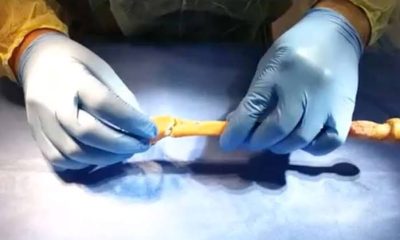
 Brands2 years ago
Brands2 years agoRevBio Tetranite Regenerative Bone Adhesive Actions and Microgravity Technology.
-
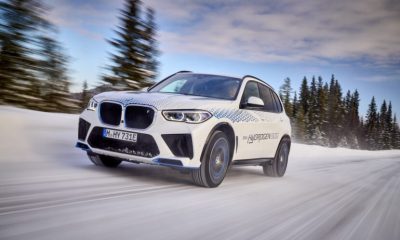
 Brands2 years ago
Brands2 years agoBMW ix5 Hydrogen; Features, Release date, Price and specs.
-
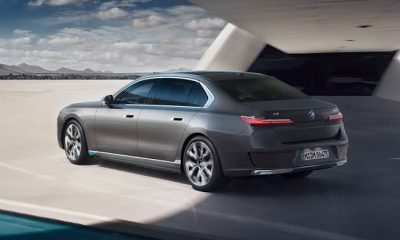
 Brands2 years ago
Brands2 years agoBMW i7 All Electric Executive Sedan Features and Price
-

 Lifestyle2 years ago
Lifestyle2 years agoJeff Bezos; Networth, Career and lifestyle
-
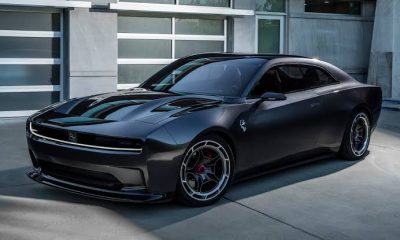
 Brands2 years ago
Brands2 years agoDodge Charger Daytona SRT EV Concept; Electric muscle car specs, release date and price
-
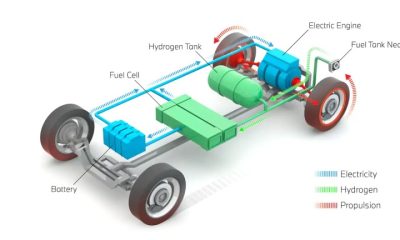
 Brands2 years ago
Brands2 years agoHydrogen Fuel Cell Electric Vehicles FCEVs; Technology and features
-
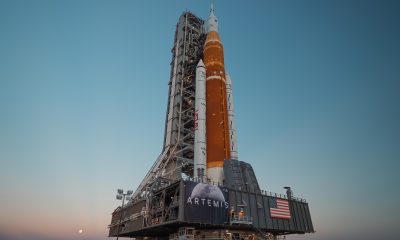
 Brands2 years ago
Brands2 years agoSpace Launch System SLS; NASA’s Artemis Mega Rocket for Deep Space Exploration
-

 Machinery2 years ago
Machinery2 years agoSmall Modular Reactors; Future of Modern Nuclear power generators
Pingback: Rivian R1T Truck; specification, features and price | Lampchart
Pingback: Rivian R1S; specs, features and price | Lampchart